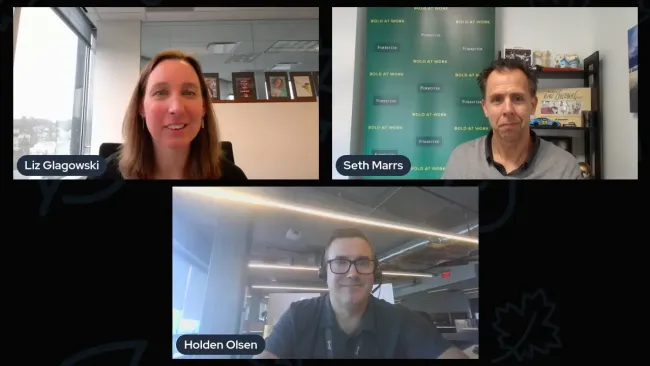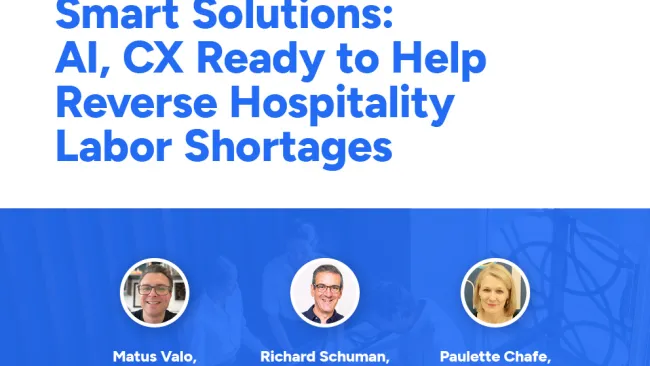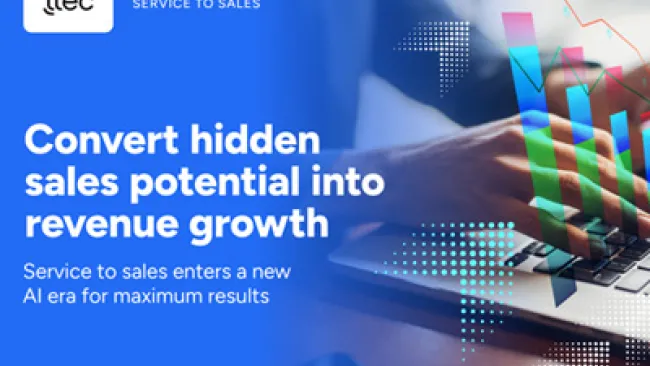Many personal and commercial banking professionals operate under the ‘spend money to make money’ mantra. Insurance agents are no different. Because these independent contractors invest in their own success from the start, such individuals are also devoted to providing consumers with the best products and services imaginable.
In today’s digital ecosystem, insurance companies still fail to supply their agents with solid leads. Providers want to maintain the agent lifeline, yet few offer the tools necessary to ensure sales success. Luckily, most have addressed the issue and now seek to understand how they can help improve agent performance and remain competitive in this cutthroat environment. For many, the problem lies within the gap between how agents currently operate and what consumers truly want.
Few Millennials or Generation Xers start their purchase journeys by walking into an agent’s office. Instead, many prefer to browse the Internet and discover insurance options independently. Consequently, cold calls fail to resonate because younger consumers don’t want to speak to or buy from someone they didn’t contact themselves. Scratch’s “Millennial Disruption Index” specifically emphasizes that, with regard to banking, 71 percent of those surveyed would prefer to visit their dentist than listen to what banks are saying, stressing the disconnect between financial services brands and this new wave of customers.
Salespeople, however, are tasked with building their own pipelines, as the provider’s advertising budget promotes the brand, not individual representatives, and often lacks the digital components characteristic in today’s market. Therefore, agents resort to the traditional insurance sales structure, with many bidding on and buying lists of phone numbers so they can conduct cold call blitzes in an attempt to generate business. Of course, such endeavors commonly fail, as the average consumer typically responds negatively to unsolicited calls and offers.
Companies, such as GEICO and Esurance, currently lead the way with regard to digital adoption, for such brands’ online platforms cater to emerging behaviors and set the tone for future developments throughout the financial services industry. Early adopters appease consumers’ desire to self-serve, while also extending their hand to assist shoppers as needed. You see, while Millennials and Gen Xers generally prefer to research the market alone, most still require the aid of an informed agent before committing to any products or services. Contrary to popular belief, these consumers do want human contact. They want to engage in conversation and understand the intricacies of what these insurers have to offer.
Ideally, insurance companies will eventually provide their agents with monthly stipends that allow them to invest in digital advertising of their own. Each representative will be able to tap into programs that generate leads based upon the location of the individual researcher, thereby funneling them to the appropriate agent according to their expressed interest. Most haven’t achieved this level of innovation yet, but all will need to reevaluate and revamp their current strategies as insurance agents continue to evolve into financial consultants. Those who cultivate trust and establish strong relationships early in the customer journey will garner repeat business for years to come, as these customers seek long-term advisors to guide them through crucial insurance purchases at various life stages.
Also, check out the most recent issue of our eNewsletter.
Cold Calls Dwindle as Insurance Agents Warm Up to Digital Marketing

















